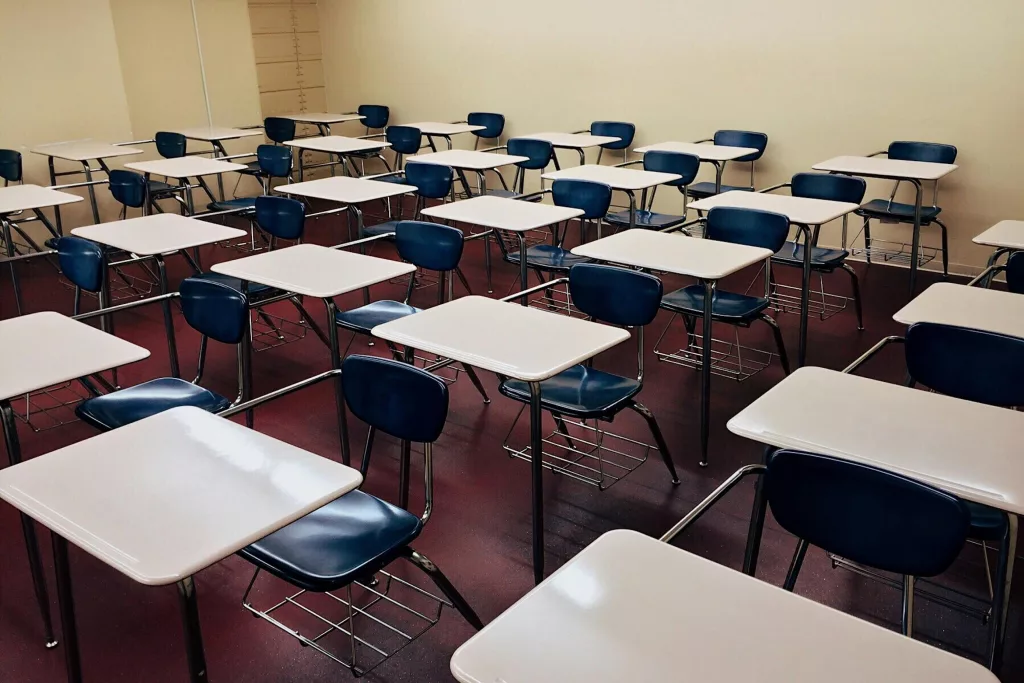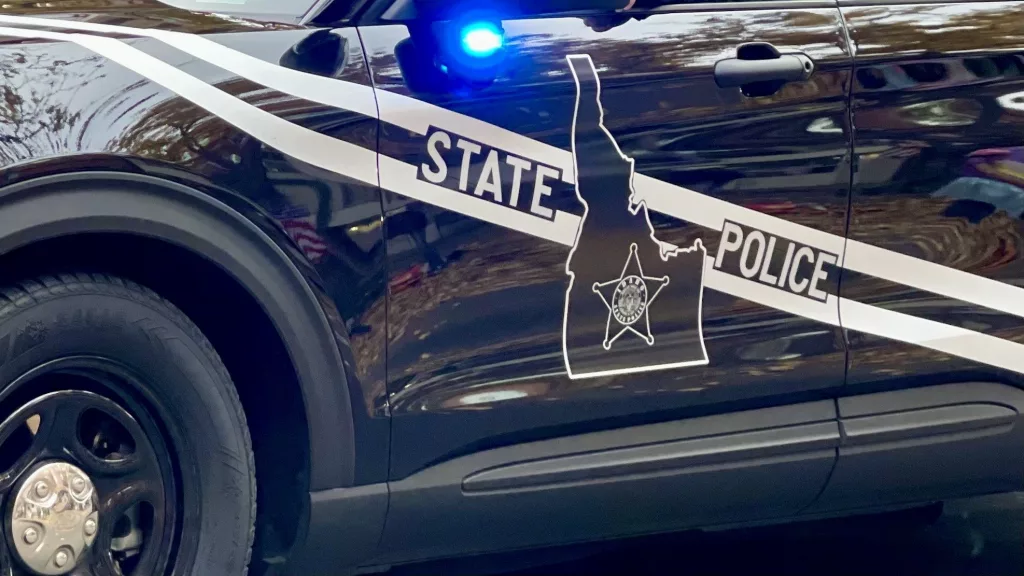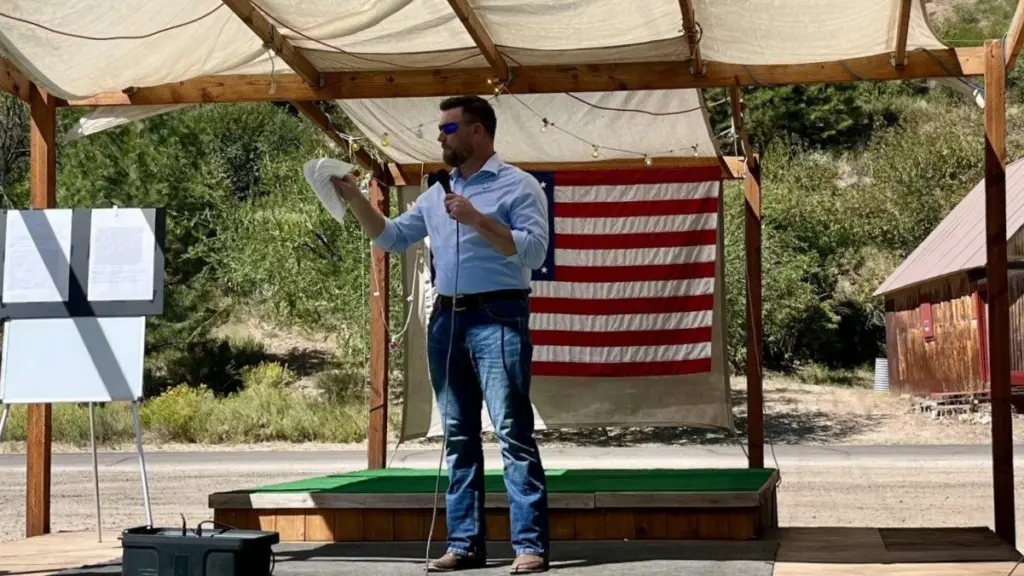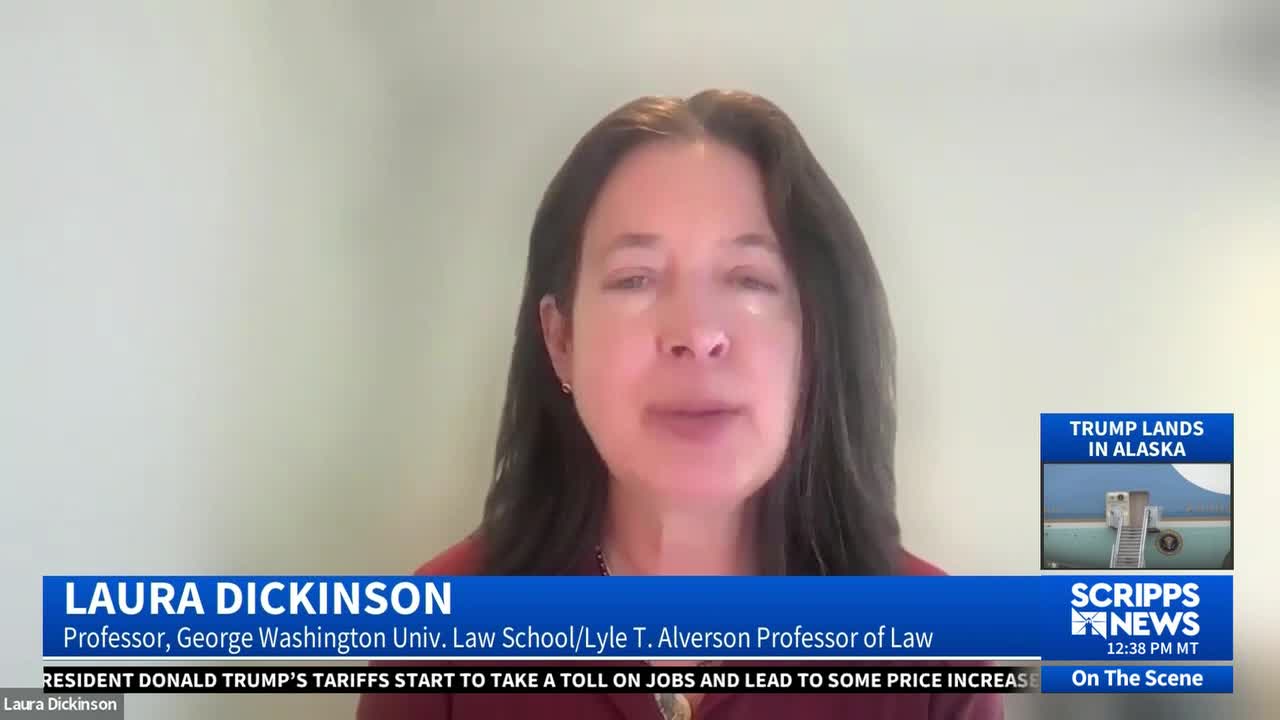IDAHO In the fall of 2026, Idaho may welcome its first sports-focused school; but, before the charter school opens, school administrators must overcome facilities and financial obstacles.
Brabeion Academy received conditional approval from the Idaho Public Charter School Commission on Thursday for a three-year term under a new innovation charter law that was passed the previous year.This is the new law’s initial approval.
The school will use a number of innovative ideas, such as hybrid virtual learning, sporadic gender segregation, and an emphasis on sports. In the first year, the school would offer grades K–8, and each year after that, it would increase one grade. The school has not yet found a location, but it would be in Nampa.
The commissioners were concerned about the lack of a building, inflated enrollment projections, and a vague transportation plan, which resulted in requirements that had to be fulfilled all year long in order to open.
A school of sport
Branden Durst, a controversial former state legislator, formed Brabeion (bruh-BYE-on).
Although Durst had previously expressed on social media his desire to establish a religious charter school in defiance of the state’s requirement that public schools be non-sectarian, religion was not mentioned in his Brabeion proposal.
Branden Durst, a former state lawmaker, is promoting his new school to the charter commissioners of Idaho. (Source: Idaho EdNews/Kaeden Lincoln)
Read more about the school’s history here: Religious sectarianism is the foundation of the Conceptual Charter School of Sport.
According to Durst, the institution offers a wide range of distinctive curricula. The most notable is the emphasis on sports, which includes physical education for at least an hour per day. On Thursday, he and the school board gave the commission their suggestion.
With up to 60 pupils in each grade and a cohort format, the school will be run by a single teacher. An aide would be assigned to each of the two cohorts of thirty pupils that would be formed from those sixty kids.
Following that, K–6 students would go to school every other day, with the choice to learn at home or come in for virtual instruction on off days, assisted by the aide. Master teachers will also be present to assist with lessons.
According to Durst, the method is similar to a college course where a single professor is in charge of several course sections and is assisted by a teaching assistant who conducts most of the grading and provides some instruction.
The amount of pupils that each teacher eventually manages worried commissioners, particularly in grades K–3, where reading is a crucial foundational ability.
Commissioner Pete Koehler stated, “I’m just trying to figure out how we’re able to maintain a focus on K-3 reading and an introduction to mathematics with those kind of numbers.”
Durst maintained that greater time spent at home aids in learning and that parental support is essential. He added that a lot of young pupils aren’t prepared for full-time education.
According to Durst, younger kids frequently find it difficult to separate from their parents.
According to him, remediation or reteaching takes up a large portion of the school day in traditional schools, which don’t offer five full days of new education. The virtual days make it possible for parents or an assistant to complete the reteaching at home. According to him, students who perform poorly on the bi-monthly tests will have to go to class in person on those days off in order to get one-on-one help from master teachers or aids.
To accommodate the demands of the students, there will be some gender split in the cohorts.
Julie Dillehay, a board member, veteran teacher, and Durst’s mother, stated, “We’re going to separate kids out not to discriminate but to enhance where their strengths and needs are and how girls learn differently than boys do in many things.”
Questions concerning gender separation and adherence to federal law were posed to the board. Durst stated that they would seek legal advice and adhere to all federal regulations.
Regarding the sporting concept, the commissioners had no reservations. Their biggest worries were monetary. A building has not yet been secured by the institution. According to Durst, a charter was required to complete the procedure. According to him, donors and the property’s owners are hesitant to get involved without charter authorization.
In Nampa, the former Macy’s at 1406 N. Galleria Drive is Durst and the board’s top pick. Additionally, the school has not yet received funds to pay for its first expenses.
According to Durst, if we obtain authorization, everything else will fall into place.
Commissioner Wally Hedrick questioned how Durst arrived at the 475-student enrollment projection for the first year, stating that he believed it was optimistic.
According to Durst, he believes that students will choose Brabeion because of the Hillsdale affiliation, the expansion in the Kuna and Vallivue districts, and the growing mistrust of traditional public schools.
Hedrick stated that he continued to believe the forecasts were not feasible.
Commissioner Paul Amador inquired as to if Durst had any studies—apart from anecdotes—that demonstrated the efficacy of combining these tactics.
In response, Durst stated, “We know all of these things in isolation provide better outcomes.” We’re trying something new, and while we acknowledge that it might not succeed, we think it will, which is why we’re requesting conditional clearance.
In general, the shorter authorization helps prevent long-term risk while allowing for innovation, Jennifer White, executive director of the State Board of Education and interim director of the commission, told Ed News.
Before committing to a six-year charter, innovative charters can test their strategy for a shorter period of time under the Idaho Code, according to White. While making sure the school satisfies the enrollment, financial, and operational requirements that sustain continued state involvement, this shorter timeframe gives the school time to show the feasibility of their creative or original strategy.
In the end, the three-year permit with five conditions was unanimously approved by the commission.
Other News
-
The commission unanimously voted to
hire Rachel Burk to be its new director.
Burke is currently the parent engagement and school choice coordinator for the Idaho Department of Education. Her start date, salary and benefits are to be negotiated by the board chair.She already has support from prominent stakeholders. The Idaho Charter School Association (ICSA) is thrilled to welcome Rachel Burk as the new Director, said Nannette Merrill, director of ICSA. Her experience and vision are invaluable to ensuring Idaho families have access to high-quality public charter schools. The ICSA looks forward to working with her to strengthen and expand quality school choice options across the Gem State.
- Gem Prep Online applied to transfer its charter from the White Pine School District to the commission. The move comes after Gem Prep Nampa transferred its authorizer last year and would make all Gem Prep schools fall under the commission.The commission tabled a vote on the issue until its next meeting in October so commission staff could obtain more data on Gem Prep Online to ensure it meets the qualifications for a 12 year charter over a six year authorization. Commissioners expressed no concerns with the transfer.
- Bingham Academy in Blackfoot voted to close after years of controversy and dropping enrollment. The commission will work with IDE to help the school close.
- Elevate Academy has begun the application process for a new school in Kuna.
Every other month, the Idaho Public Charter Commission convenes. October 9 is the date of their upcoming regular meeting.












